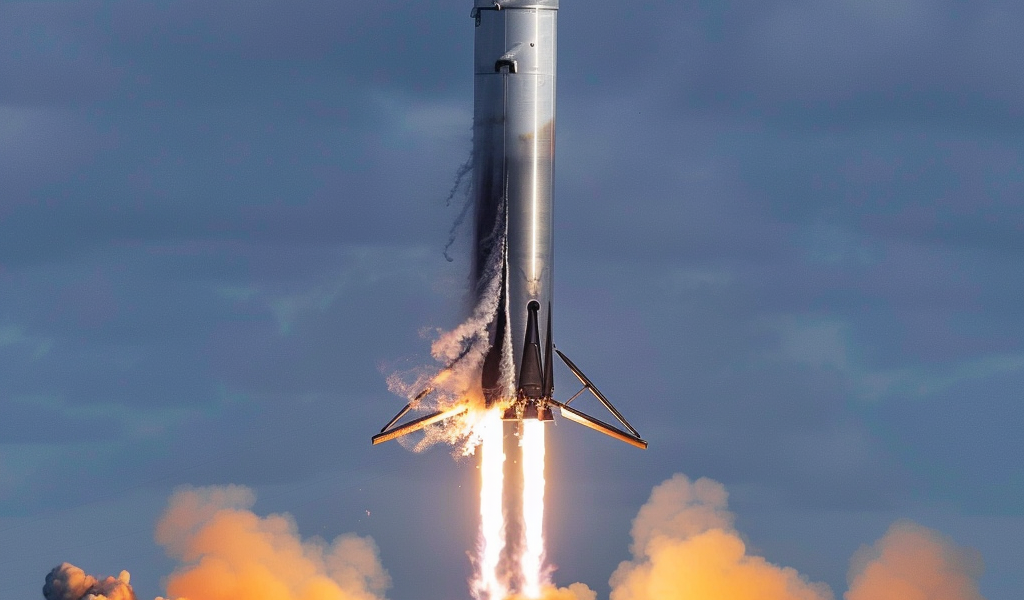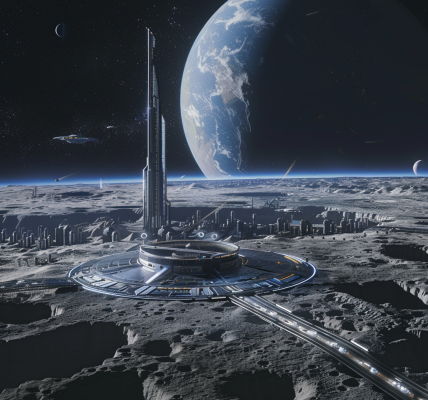SpaceX’s Starship Test 4, conducted on June 5, marked a significant milestone in the pursuit of space exploration. The test, which showcased the capabilities of Elon Musk’s super rocket, demonstrated advancements that could shape our future in space travel.
During the test flight, the Super Heavy stage successfully landed in the Gulf of Mexico, while the Starship landed intact in the Indian Ocean. Despite some minor issues such as a shredded control flap and heat shield tile loss, the overall mission was deemed a success.
One remarkable aspect of the test flight was the live stream footage provided by SpaceX, offering viewers unprecedented views of the spacecraft’s descent. The gentle reentry of the Super Heavy stage and the colorful plasma flaring around the Starship captivated audiences worldwide.
The success of the Starship’s fourth test flight garnered praise from various quarters, including China, with observers acknowledging the significance of SpaceX’s achievements. NASA Administrator Bill Nelson commended SpaceX for the successful flight, emphasizing the progress towards humanity’s return to the Moon and eventual missions to Mars.
Elon Musk, CEO of SpaceX, lauded the team behind the test flight, highlighting the collaborative effort towards ambitious space exploration goals. As the world looks ahead to future missions, Musk is already gearing up for the next phase of Starship testing.
With each successful test, SpaceX inches closer to a future where Starships will ferry humans to celestial bodies within our solar system. The recent accomplishments underscore the potential of the Starship program in reshaping space travel and exploration in the years to come.





